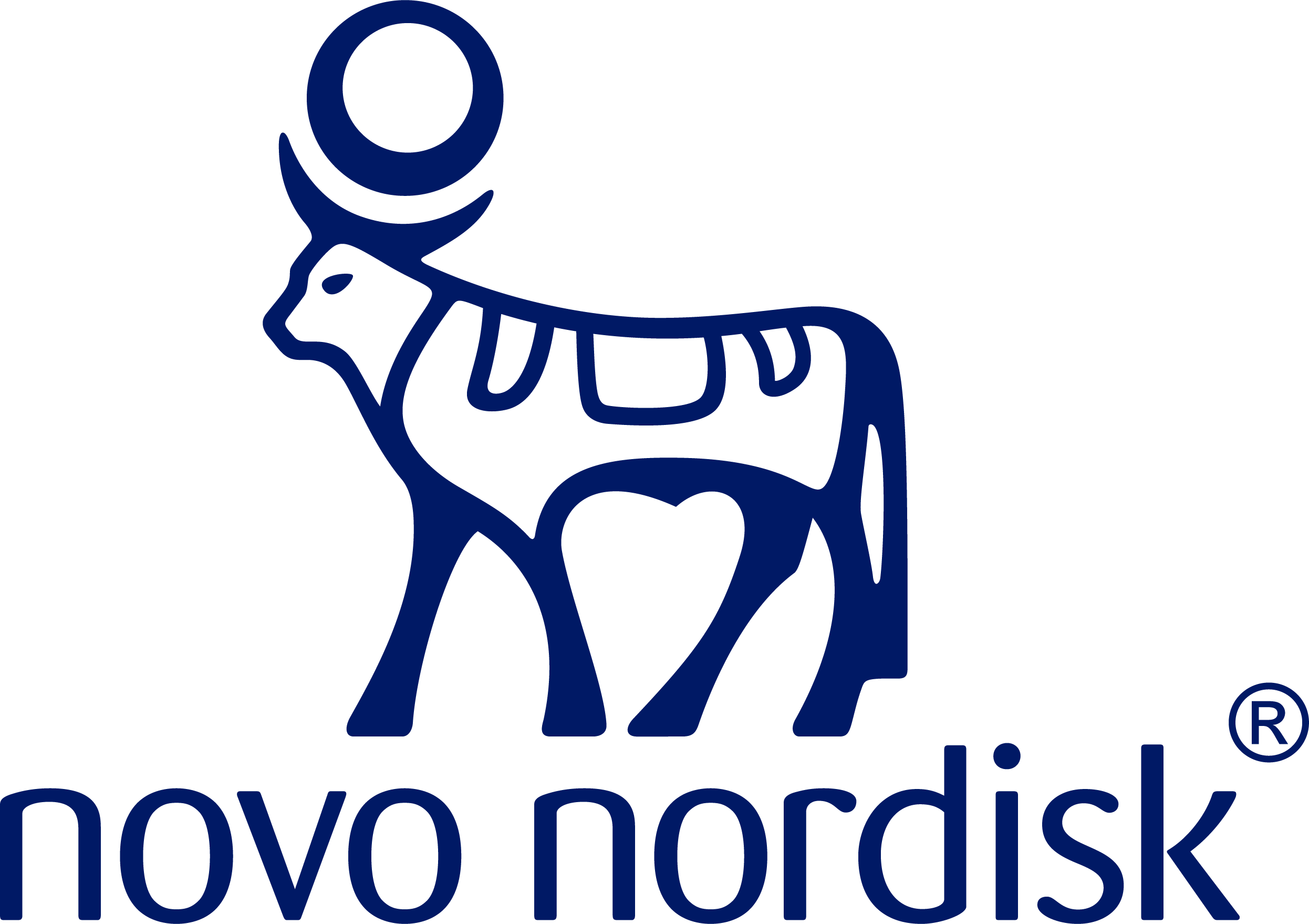What role does obesity play in
your patients’ polycystic ovary syndrome (PCOS)?
Learn about the connection between this common comorbidity for your patients with obesity and how it can affect their health.
PCOS is the most common endocrine disorder in women1,2
Nearly
5 MILLION
US women of reproductive age have PCOS3
Symptoms include4,5:
- Menstrual irregularities
- Obesity
- Excess androgen levels
- Enlarged and dysfunctional ovaries
- Metabolic disturbances such as insulin resistance
Obesity and excess adipose tissue are underlying factors that may worsen PCOS6
Epidemiological data reveal that
38%-88%
of women diagnosed with PCOS are reported to also have overweight or obesity6
Subsequent weight gain in women with PCOS can amplify the severity of insulin resistance, which in turn exacerbates androgen excess.6,7
Obesity influences gonadotropin production, leading to hormonal imbalances that can further exacerbate ovulatory dysfunction and menstrual abnormalities.8
BRING OBESITY TO THE FOREFRONT
WITH YOUR PATIENTS WITH PCOS
With a 5% to 15% or greater weight loss, your patients can improve certain PCOS symptoms, including9*:
- Hyperandrogenism
- Oligomenorrhea
- Anovulation
*Clinical efficacy can vary among individual patients.
PCOS, polycystic ovary syndrome.

DISEASE PROGRESSION
Obesity is caused by a range of factors10,11

INITIATING A PLAN
Patients may be waiting for health care professionals to discuss weight management
References:
1. De Leo V, Musacchio MC, Cappelli V, et al. Genetic, hormonal and metabolic aspects of PCOS: an update. Reprod Biol Endocrinol. 2016;14:38.
2. Rasquin LI, Anastasopoulou C, Mayrin JV. Polycystic Ovarian Disease. StatPearls Publishing; 2022.
3. Centers for Disease Control and Prevention. Diabetes and polycystic ovary syndrome (PCOS). Updated May 15, 2024. Accessed July 8, 2024. https://www.cdc.gov/diabetes/risk-factors/pcos-polycystic-ovary-syndrome.html
4. The American College of Obstetricians and Gynecologists. Polycystic ovary syndrome (PCOS). Updated January 2022. Accessed July 27, 2022. https://www.acog.org/womens-health/faqs/polycystic-ovary-syndrome-pcos
5. Endocrine Society. Patient resources: polycystic ovary syndrome. Updated January 23, 2022. Accessed June 15, 2022. https:/www.endocrine.org/patient-engagement/endocrine-library/pcos
6. Barber TM, Franks S. Obesity and polycystic ovary syndrome. Clin Endocrinol (Oxf). 2021;95(4):531-541.
7. Purwar A, Nagpure S. Insulin resistance in polycystic ovarian syndrome. Cureus. 2022;14(10):e30351.
8. Eng PC, Phylactou M, Qayum A, et al. Obesity-related hypogonadism in women. Endocrine Rev. 2024:45(2):171-189.
9. Garvey WT, Mechanick JI, Brett EM, et al; Reviewers of the AACE/ACE Obesity Clinical Practice Guidelines. American Association of Clinical Endocrinologists and American College of Endocrinology comprehensive clinical practice guidelines for medical care of patients with obesity. Endocr Pract. 2016;22(suppl 3):1-203.
10. Lee A, Cardel M, Donahoo WT. Social and environmental factors influencing obesity. Updated October 12, 2019. In: Feingold KR, Anawalt BB, Blackman MR, et al eds. Endotext. [Internet]. South Dartmouth, MA: MDText.com; 2000. Accessed September 23, 2024. https://www.ncbi.nlm.nih.gov/books/NBK278977/
11. Thaker VV. Genetic and epigenetic causes of obesity. Adolesc Med State Art Rev. 2017;28(2):379-405.








